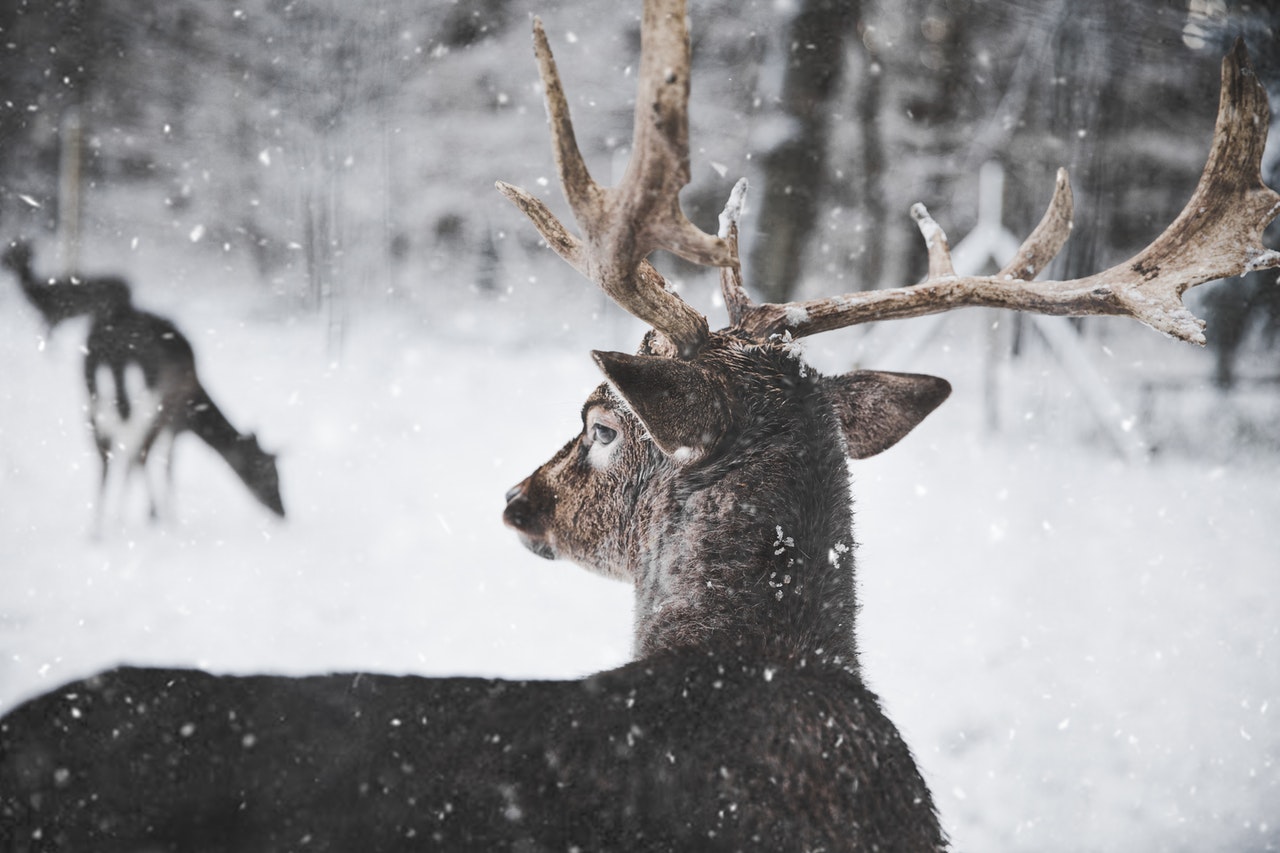Useful Deer Trail Camera Tips
If you like to click photos of the wild, you will know the importance of planning in advance. In such a situation, your camera will be your best friend around. It is the only thing that will help you get some awesome clicks of the wildlife. However, your camera will not do things on its own. Whether you wish to learn a bit about the deer in your area or even find out the exact spots to ambush them, you will have to set up the camera carefully yourself with the help of Deer Hunters – Game Camera Reviews. There are basically 4 different periods for deer hunting. Setting up your camera for these 4 periods vary from each other to some extent. Here are the tips that will help you set up your camera like a pro for these 4 periods.
- Early Fall: Your primary goal during this period is to start your own inventory of buck numbers and also their quality. It is needless to say that the best clicks are always of a deer standing like a statue at a spot. The best way to make a buck stand still for you while you click photos is to set up a bait or lick right in front of the camera. It will be a good idea to choose a spot with moderate to heavy deer traffic. Although it is usually said to hang your trail cameras at a height of 3 to 4 feet, somewhere around 5 to 7 feet will be a better option.
- Pre-Rut: Your main aim will be to locate bucks after velvet shed at a time when they normally relocate. A mock can easily attract around 90% of the bucks that you will hunt. The setup is quite similar to a bait or a lick site. A mock scrape will get a deer to linger right in front of the camera lens to help you click better photos. It will be a good idea to establish several scrapes in a specific area and hang cameras on the most active scrapes. It will be a good idea for you to approach your cameras by keeping the wind in your face and walk as quietly as possible. Do not make the mistake of touching the vegetation.
- Rut: During this period, you will have to find out the exact destination of the resident traveling bucks and whether they are in the area. You will have to find a terrain that will channel buck movement and hang your camera as close to fresh tracks as possible. Always mount the camera at an angle of 45 degrees to the trail. You will need a camera with a fast trigger speed for this setup along with a wide detection zone.
- Late Season: Your main aim will be locating a last minute target and to find out the bucks that have survived the hunting season. Find the hot food locations for bucks in your area and place your camera within 30 feet of the location. You will have to hang the camera low and sometimes place it on a tripod if there are no trees.

